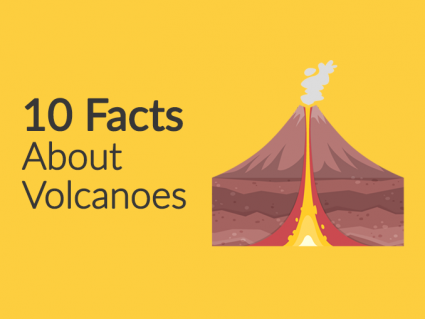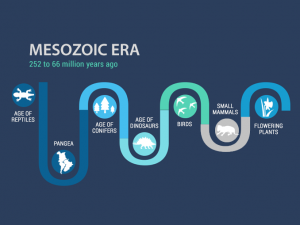Antarctic Plate: The Drifting Continent of Antarctica

Where is the Antarctic Plate?
The Antarctic Plate is one of Earth’s 7 major plate tectonic boundaries. In terms of size, it’s the fifth largest being slightly smaller than the African Plate.
If you study the geography of most tectonic plate boundaries, they generally consist of both oceanic and continental crust.
Not only does the Antarctic Plate contain the entire continent of the Antarctic, but it includes most of the surrounding ocean. In addition, it borders the South American Plate, Indo-Australian Plate, African Plate, and the Pacific Plate.
“All continents move and they’re never idle. Over time, the Antarctic Plate is moving at a snail’s pace. For example, the Antarctic Plate moves at an average rate of about 1 centimeter per year.”
Was the Antarctic Plate part of Gondwana?

The Antarctic major plate holds the entire continent of Antarctica including its surrounding oceanic crust. This plate shares boundaries with the African, Australian, Pacific, and South American Plate.
If you could rewind time 200 million years in the past, Earth was one giant supercontinent landmass “Pangaea”. Then, it tore apart into two separate pieces Laurasia and Gondwana. This is all part of the supercontinent cycle that Earth has experienced several times in the past.
Antarctica was once grouped as part of the supercontinent Gondwana with Australia and India. But about 100 million years ago, Antarctica broke apart to its current frigid location in the South Pole.
“It’s estimated that the Antarctica major plate moves about 1 cm per year[1]. As for its size, it’s the fifth largest tectonic plate on the planet at about 60,900,000 km2.”
Summary: The Antarctic Plate
The Antarctic Plate is unique as it encompasses not only the landmass of Antarctica but also the surrounding continental shelf and portions of the Southern Ocean.
Its interactions with neighboring tectonic plates play a vital role in the geological history and dynamics of this remote and icy continent.
Do you have any questions? Please get back to us with a question or comment by using the comment form below.
References:
1. Jiang, Wei-Ping; E, Dong-Chen; Zhan, Bi-Wei; Liu, You-Wen (2009). “New Model of Antarctic Plate Motion and Its Analysis”. Chinese Journal of Geophysics. 52 (1): 23–32. doi:10.1002/cjg2.1323.















The Nazca Plate was omitted. The Antarctic Plate is moving “west” where it is met with Nazca and Pacific Plates, and is pushing the Nazca Plate north to subduct under the South American Plate. The volcanism of the Andes is dependent on the activity of this plate and, although the mountains continue to grow, the volcanism has settled down.
This is an educated guess. I think the faults along the plate boundaries allow the mid ocean ridges to move outwards and the plate to grow so to speak. It is not only “growing” in size, but as a whole, it’s moving up into the Pacific, replacing the Pacific as it is subducted in the north, east and west.
The plate boundaries aren’t fixed and just pumping sea floor basalt into the centre of Antarctica. The plate boundaries can grow outwards instead.
If this plate is constantly growing from every border of the mid-ocean ridges that surround it, because there are no subduction boundaries… What would be the immediate consequence of it? I mean, the center of the plate would accumulate quite a lot of oceanic crust if there is no destruction of it… Don’t know, I had this question asked for my teacher, but didn’t get a proper answer
What are the believed to be consequences of this movement?
Great description. The subduction zones and ridges are clear on the other plates but where are these around the Antarctic plate?